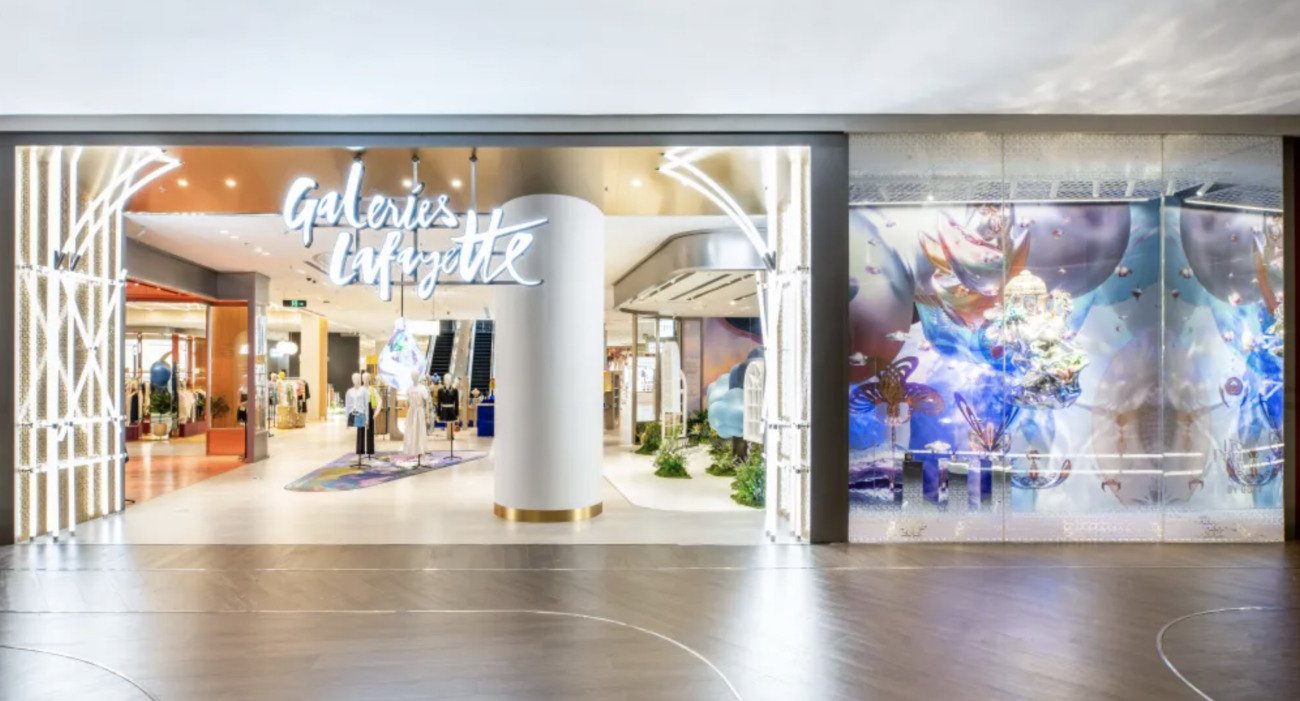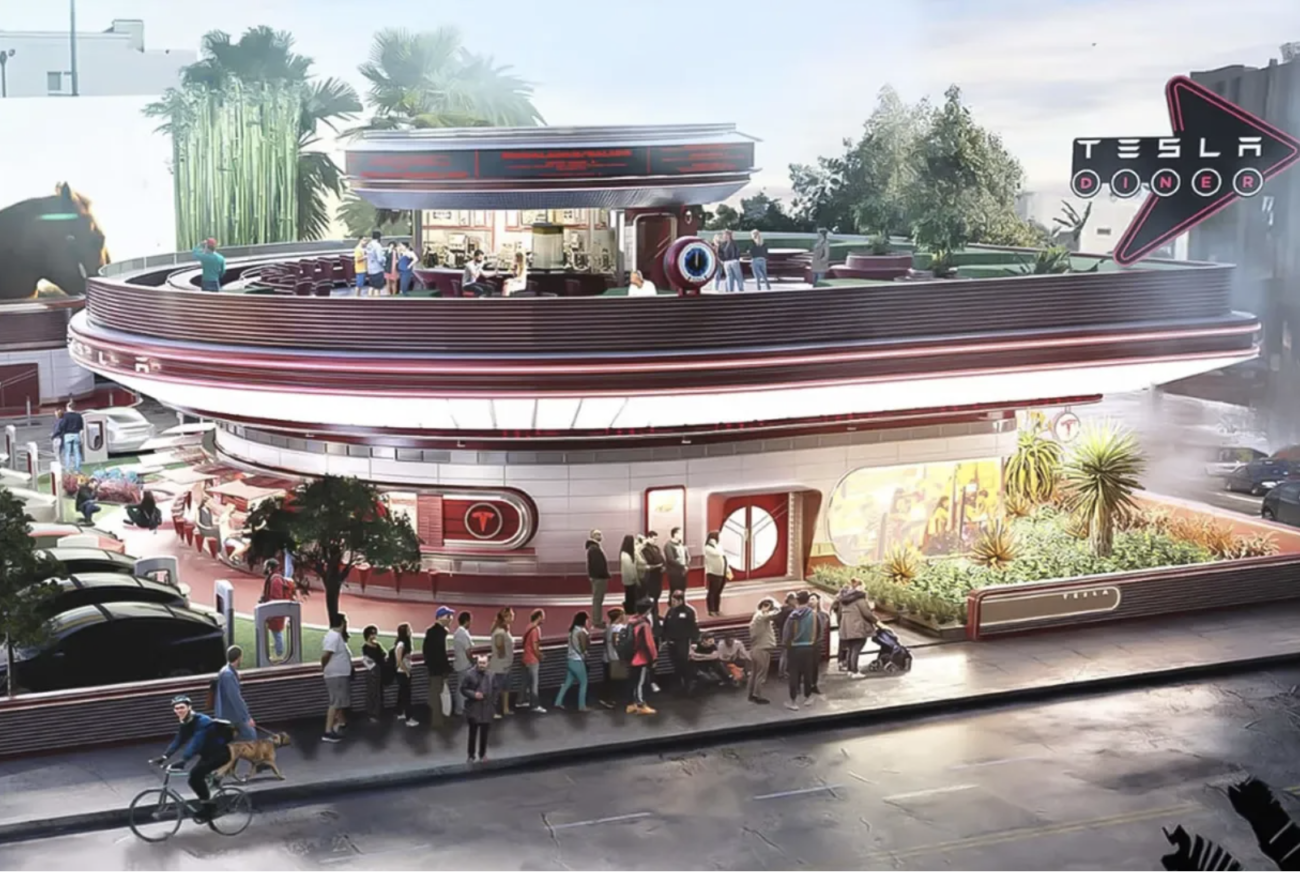Retail predictions 2013
A UK strategy consultancy recently published their predictions for retail in 2013, which, whilst UK centric, seemed to ring true in many ways to the Australian market. Here they are: Overall retail spending will only recover very slowly, at
A UK strategy consultancy recently published their predictions for retail in 2013, which, whilst UK centric, seemed to ring true in many ways to the Australian market.
Here they are:
Overall retail spending will only recover very slowly, at best. Consumer confidence will remain fragile, worries about unemployment will cause many households to save rather than spend, and the housing market will remain subdued.
High street retail will continue its decline.
Consolidation will continue, especially in value sectors, where winners and losers will emerge as financing structures come under stress.
Online shopping will keep growing at 14% per year and will reach 12% of all retail spending. (In Australia this is currently around 5% but I believe we will see a rapid closing of that gap in the next 24 months). Internet retailers will continue to extend their offer internationally, tapping into a global etail market that will pass the Eu 1trillion mark. Click-and-collect as a channel will add as much growth as home delivery.
M-commerce (spending through mobile phones and tablets) will continue to grow rapidly but remain niche – it will still not exceed 1% of overall retail sales. Grocery will be most popular, owing to the ease of topping up orders and amending deliveries.
But sales made in store that are influenced by smartphones – for price comparison, checking availability or seeking product information – will grow. In value terms this will be the fastest-growing mode of shopping – adding more sales than online ordering for home delivery, or click-and-collect, or m-commerce.
Mobile proximity payments will remain in a phase of experiments and pilots. Widely accepted technology standards and business models have yet to emerge.
Next generation loyalty schemes will be launched: personalised, mobile and social.
International retailers will continue to shuffle assets between them, consolidating strong positions and exiting weak ones.
India will be viewed with renewed interest from international retailers as restrictions on Foreign Direct Investment are eased. But other obstacles, including logistics, transport, variable quality of property and political corruption will continue to deter all but the bravest.
Local manufacturing will be back. Combined pressures of transport costs, ‘want it now’ consumerism and customisation will encourage retailers to trial onshore sourcing from small, flexible, high-tech plants.
Several major retailers will feel the backlash of customers for failing to adhere to the values they proclaim. The smarter ones will demand that customers participate in their sustainability programmes, earning respect for admitting that they can’t do it alone.
Extract from Michael Jary Partner, OC&C Strategy Consultants
 English
English





